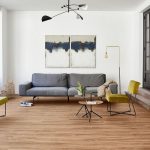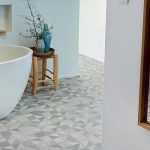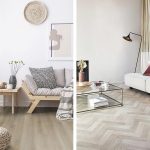What is a minimalist Interior?
Modern and minimalist interior design is extremely similar in that they both focus on using the bare minimum of furnishings to create uncomplicated, clean spaces. It has clean, uncomplicated lines and a monochromatic color palette with colored accents. It typically blends an open floor plan with an abundance of natural light, practical furniture, and a narrow concentration on the shape, color, and texture of a select number of key components. A sensation of freedom and relaxation is achieved by the minimalist approach, which makes use of only the most important components, such as light, form, and lovely materials, typically in an open-concept design. No too ornate or decorative elements are present. The few details that are utilized, as opposed to others, are simple and seamlessly integrate into the environment. A gorgeous vase on top of the dining room table or a solitary piece of art on the wall of the living room are examples of this.
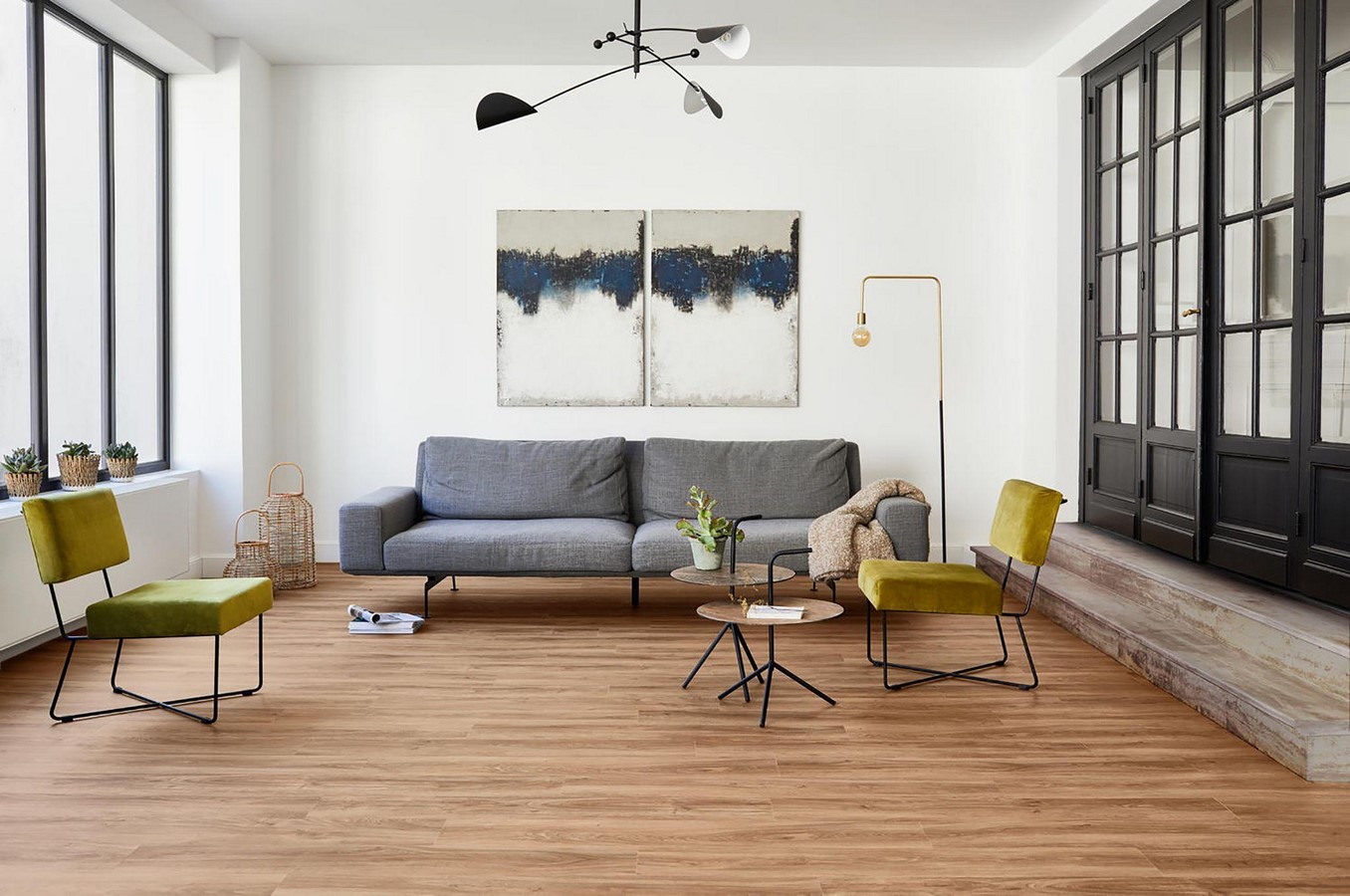
Functionality and usefulness are prioritized in minimalist furniture and accessories. Each object makes a dramatic statement by emphasizing its necessity through the use of flat, smooth surfaces and strong, clean lines. Highly patterned furniture and accessories as well as ornate details are not present. Instead, the simplicity and holiness of the shape and form are highlighted. Spaces with a minimalist design tend to have a monochromatic color palette made up of whites, beiges, and greys. The clear, uncluttered, monochromatic, and crisp appearance of minimalist rooms makes them easily recognizable. Cleaning up your surroundings might help you feel calmer and clear your mind of clutter. There is a chance that some minimalist designs will appear somewhat soulless. There are some simple adjustments you can make to prevent this and guarantee your minimalist-designed space also has a warm atmosphere.
By combining various hues and blending textures when employing a monochromatic color scheme, you can warm up the room. One way to add calming warmth to a bedroom is by using soft wool rugs and fabrics, as well as linen wallpaper. Although keeping the color scheme in the bathroom neutral, the texture and grain of the tile patterns can offer visual appeal. Wooden furnishings can also soften angular, white, or concrete features.
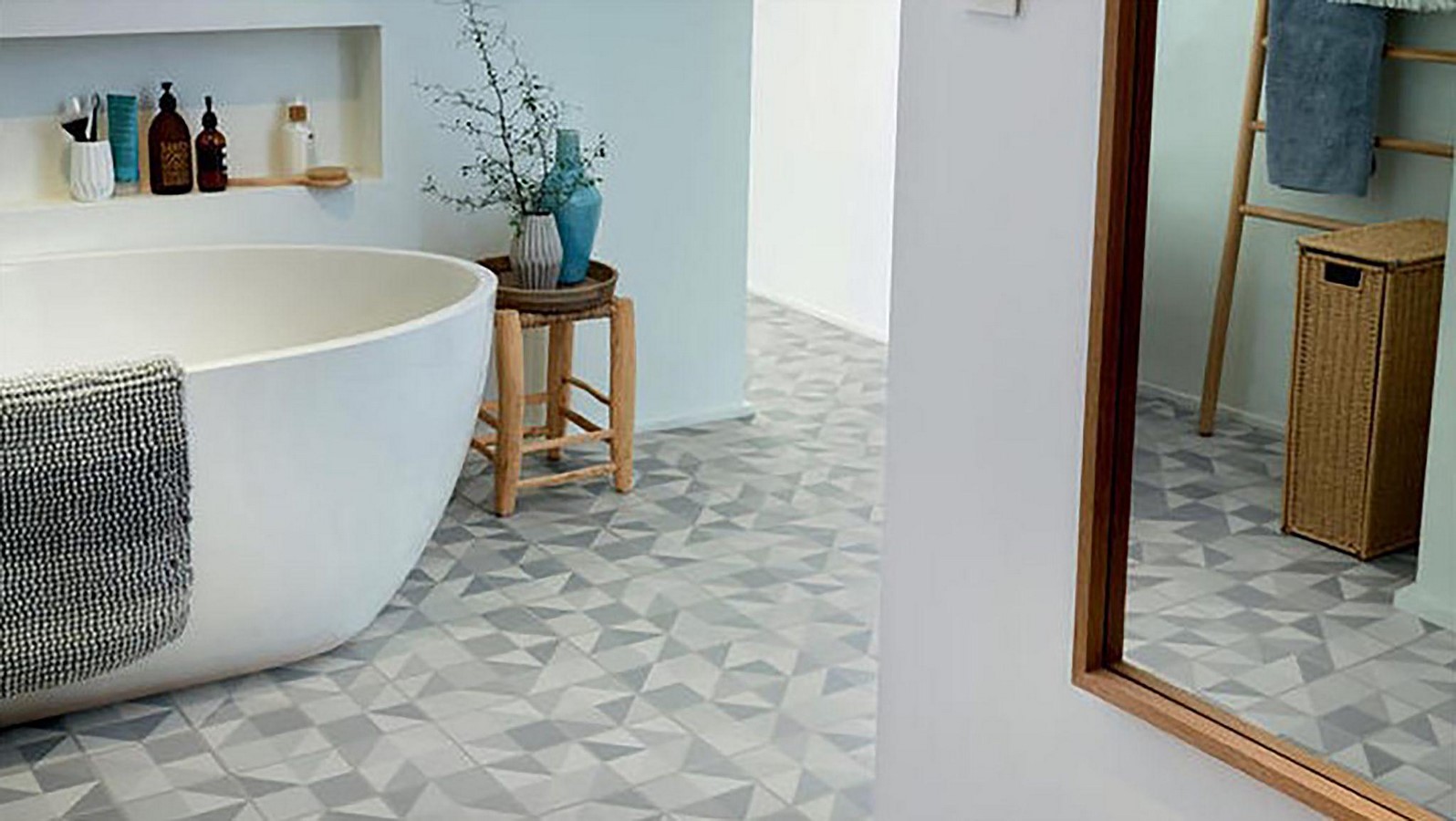
A room is given more dimension, warmth, and texture by the addition of textiles. Adding warmth and comfort to a space while preserving a minimalist aesthetic can be accomplished by using drapery, bedding, pillows, and area rugs made of different materials including cotton, wool, and linen.
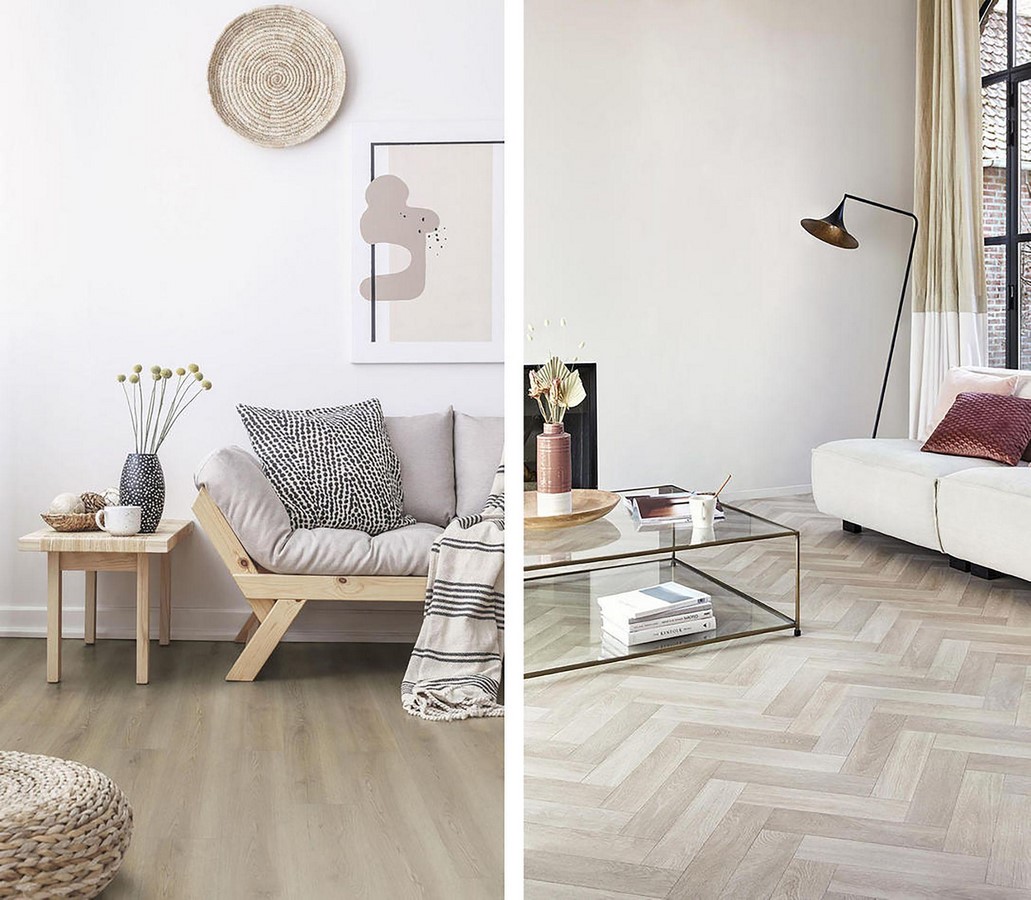
The focus can be on something other than the space when it is minimal. For instance, the use of the space or the view from the window may be more significant than the decor of the room. With minimalist décor, “shape” is very essential, even though you still need all of the elements in a place for it to operate. A table and chairs, for instance, are necessary for a dining room. These parts must relate to one another and communicate through elements like line, color, mass, etc. In their fundamental form, they must function well together.
History of Minimalism in Design
Even though Scandinavian design and Zen Buddhism are traditional sources for the minimalist aesthetic, it wasn’t until the 1960s when artists like Donald Judd, Carl Andre, Dan Flavin, and others began to push back against Abstract Expressionism and emphasize materiality that a conscious minimalist movement took off. They produced art that exposed basic geographic shapes and the form itself to reject excess.
The art trend caught on in the design community. The 90s had their uprising by being conservative after the flamboyant and brazen aesthetics of the 80s. Austere minimalism, as a result, driven by uncomplicated and pure lines, left its impact on important architectural works. With redesigns of New York City’s Mercer Hotel, known for its sleek furniture rendered in dark woods or upholstered in white linen, the late Christian Liaigre may have helped establish the interior trend with his trademark sparseness.

Minimalist space | Minimalist Interior Design
Deceptively sophisticated, minimalist spaces. Their basic, sculptural forms with crisp edges are what they are best known for. Uncompromisingly minimalist interiors have few, functional objects and are free of any evidence of clutter. There are many right angles as well as the sporadic organic form, according to the art movement’s emphasis on straightforward geometry. There is an emphasis on natural light, open plans, and workmanship, much like the tenets of Scandinavian architecture. While modern minimalist spaces frequently embrace a warmer, more natural palette, minimalist interiors from the 1980s and even the 1990s could occasionally appear rather sleek and frigid.
Given that we are an essential component of nature, we have an intrinsic relationship with natural materials that transcend cultural choices. Even though most textures and all colors can be found in nature, some are more prevalent than others. The rays of light from muted browns, greens, and blues that echo our surroundings penetrate our skin and have a positive impact on our bodies in a similar way to how the sounds of waves make us feel at ease. Maintaining a tidy home is just one aspect of minimalist living; other aspects include enjoying nature and realness.
Raw materials like wood, stone, and concrete carry some imperfections and are not identical and will live long over time. This will make the space more beautiful and it gives a warm and welcoming atmosphere to a minimalist home.

Why is Minimalism important in Design?
Because of environmental considerations, minimalism in design is very significant. Living with less stuff is becoming increasingly rational for reasons other than aesthetics as a result of the escalating climate problem. Not as separate things but as a component of the same total, function, and beauty should be viewed as one. When it comes down to it, a function is what distinguishes the simple aesthetic from the livable; minimalist design may help us cut through the chaos and give our daily spaces a sense of direction. It clarifies the beauty that was always there rather than working against society’s eternal, unrelenting urge to create new things.








